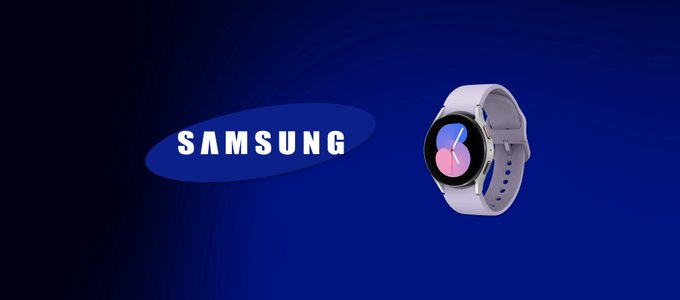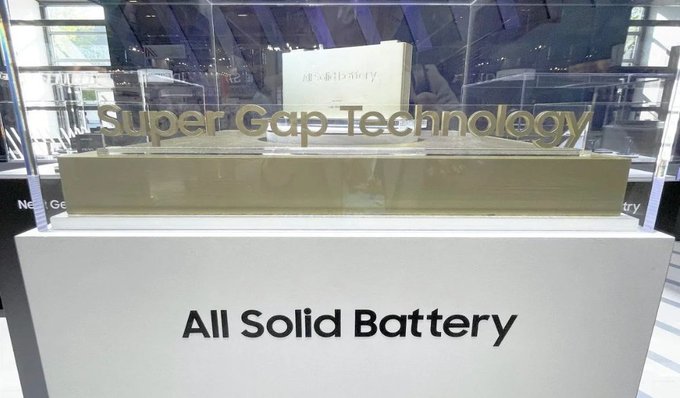Samsung Next Gen Wearables : In a bold leap toward next-gen battery tech, Samsung is reportedly set to introduce solid-state batteries in its upcoming wearables lineup, beginning Q4 2025. The first devices to benefit from this innovation will be the much-anticipated Galaxy Ring, followed by the Galaxy Buds in 2026, and the Galaxy Watch in 2027. But while this development has excited many tech enthusiasts, one big question looms: why not smartphones?
Table of Contents

Samsung Next Gen Wearables to Feature Solid-State Batteries Starting Q4 2025—Smartphones Still Left Out
What Are Solid-State Batteries and Why Do They Matter?
Unlike traditional lithium-ion batteries that use liquid electrolytes, solid-state batteries employ solid electrolytes, which offer higher energy density, improved safety, and longer lifespan. This means devices can run longer without increasing in size, all while significantly reducing fire hazards — a huge advantage in compact wearables.
Here’s what makes solid-state batteries a game-changer:
- ✅ Longer battery life
- ✅ Compact design flexibility
- ✅ Lower fire risk
- ✅ More durable and efficient performance

Samsung’s Wearables Battery Roadmap
According to Money Today Korea, Samsung’s Electro-Mechanics division is spearheading the development of these advanced batteries. The rollout timeline for wearables looks like this:
- Galaxy Ring (2nd Gen) – Q4 2025
- Galaxy Buds (Future Version) – Q4 2026
- Galaxy Watch (New Model) – Q4 2027
Each iteration will reportedly feature improved energy density, starting from 200Wh/L and scaling up to 400Wh/L by the time it reaches the Galaxy Watch.

But Why Not Smartphones?
As exciting as this sounds, Samsung smartphones are not part of the solid-state upgrade — yet. The reasons are pretty straightforward:
- High Manufacturing Costs – Solid-state batteries are still expensive, making them more suitable for low-capacity devices like rings and earbuds.
- Larger Power Requirements – Smartphones need bigger batteries. Current solid-state tech doesn’t scale efficiently for devices like the Galaxy S-series.
- Alternative Research – Samsung is exploring silicon-carbon battery tech for phones instead, which is said to offer larger capacities without adding bulk.
Rumors suggest that the Galaxy S26 Ultra could sport a 7,000mAh silicon-carbon battery, but this remains unconfirmed.
A Smart Strategy or Missed Opportunity?
Samsung’s decision to reserve solid-state batteries for its wearables could be a calculated move — testing the waters on smaller devices before going big. With battery life being a key selling point for fitness and lifestyle wearables, this upgrade could give Samsung a significant edge in the competitive wearables market.

The South Korean giant’s move to integrate solid-state batteries into its Galaxy Ring, Buds, and Watch could reshape the wearables market, pushing the boundaries of battery performance and safety. While smartphone users may have to wait a bit longer, this shift marks a huge step forward in consumer electronics battery tech.
FAQs
What is a solid-state battery?
A battery that uses solid electrolytes instead of liquid, offering better safety, energy density, and lifespan.
Which Samsung device will get solid-state batteries first?
The second-generation Galaxy Ring is expected to launch with this technology in Q4 2025.
Read more: Realme C75 & C73 India Launch: Price, Specs, Colors & Availability Leaked








